Crate training a puppy: Six tips from expert dog trainer Ben Randall
Puppy crate training can be tricky, yet it can pay dividends in all sorts of ways — even making puppy toilet training easier. Award-winning dog trainer Ben Randall explains how to get it right from the start — and we do mean the VERY start.
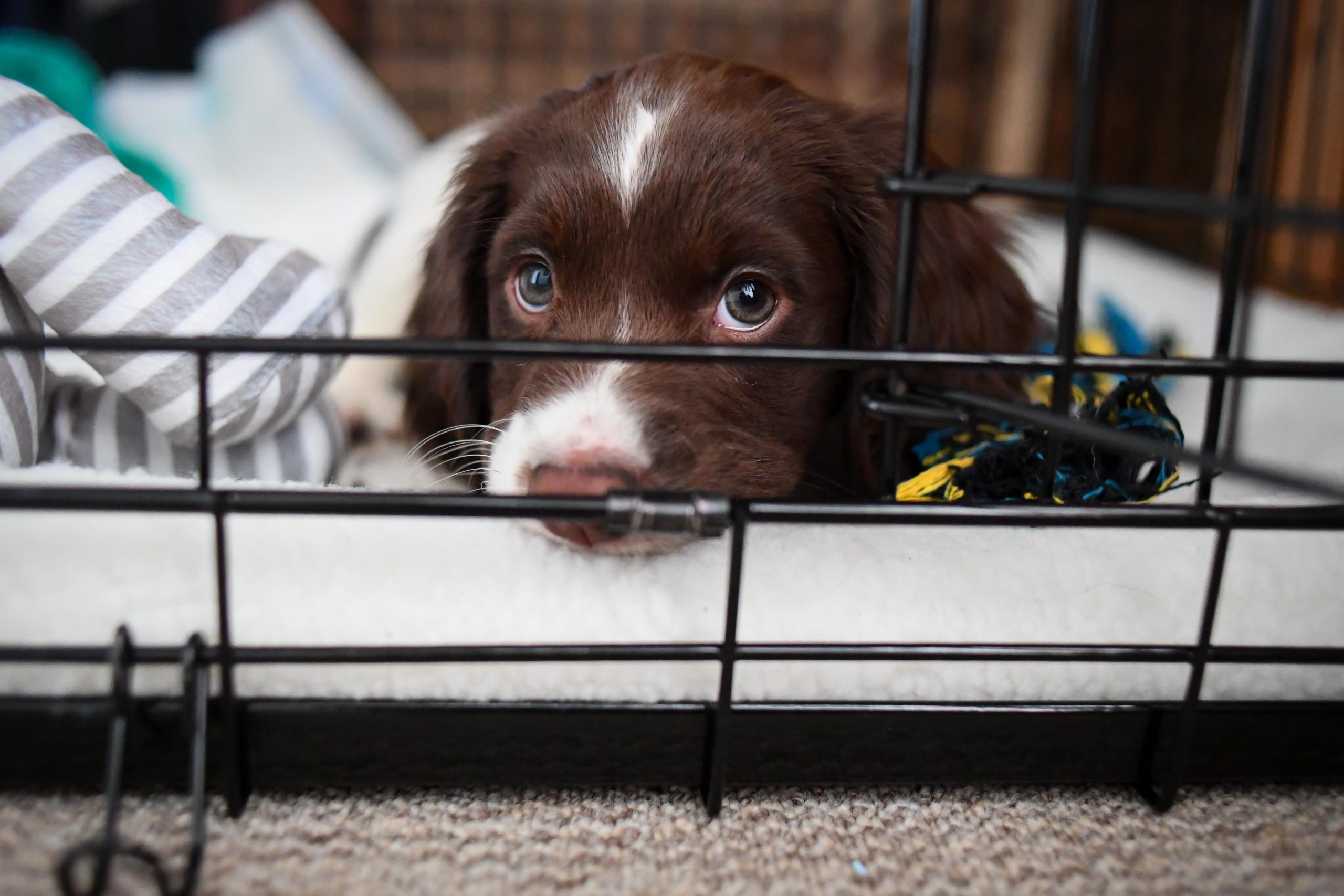

It might not seem like it as you decide between different breeds, but choosing a dog is the easy bit: the fun really begins once you get your puppy home, and start to settle him or her into your life. More and more owners are turning to puppy crate training to help with this process — and while first-time owners might think it seems wrong to put your dog in what feels like an oversized birdcage, what you're actually doing is providing a safe space for your four-legged friend to feel safe, happy and comfortable.
I'm Ben Randall, an award-winning dog trainer — you can see more about me and my work at @beggarbush on Instagram. I'm Country Life's canine agony uncle; my first column was all about dog recall training, and if you'd like to ask a question of your own, email paws-for-thought@futurenet.com. Here's this week's query, all about puppy crate training.
'I am about to get a cocker spaniel puppy,' writes EML from Devon, 'and would like to train him to use a crate to help with house-training and — because we have a busy household — as a quiet place to rest. How should I go about making it a happy and positive refuge for him?'
'Happy and positive refuge' is exactly the right phrase. What we are working towards is for your dog to see the crate as its own private, positive space. If you follow these steps, you’ll soon find that your dog not only loves his crate, but he’ll even take himself in there on his own accord.
Six tips for crate training a puppy
1. Start crate training right from the start — the very start
On the day you collect your puppy — and to ensure he’s safe and secure on the car journey home — put him into a crate. Personally, I prefer to place the crate on the back seat, as opposed to in the boot, and to strap it in by pulling the seat belt around it and securing it in the buckle. If you can, have someone sit next to the crate, too — that way the puppy will have some company and is less likely to cry or get distressed.
At this early stage, I think it’s a big mistake to put a crate in the back of the vehicle, where the puppy can’t see or hear you; because, if they get upset (as they sometimes do, because it’s their first time away from the litter), they will always associate the crate as an unhappy place to be, especially if you then put it in the same crate overnight. By making the crate comfortable and keeping it close, so that you (and/or your companion) can chat to and reassure the pup, your dog will always see it as a positive space.
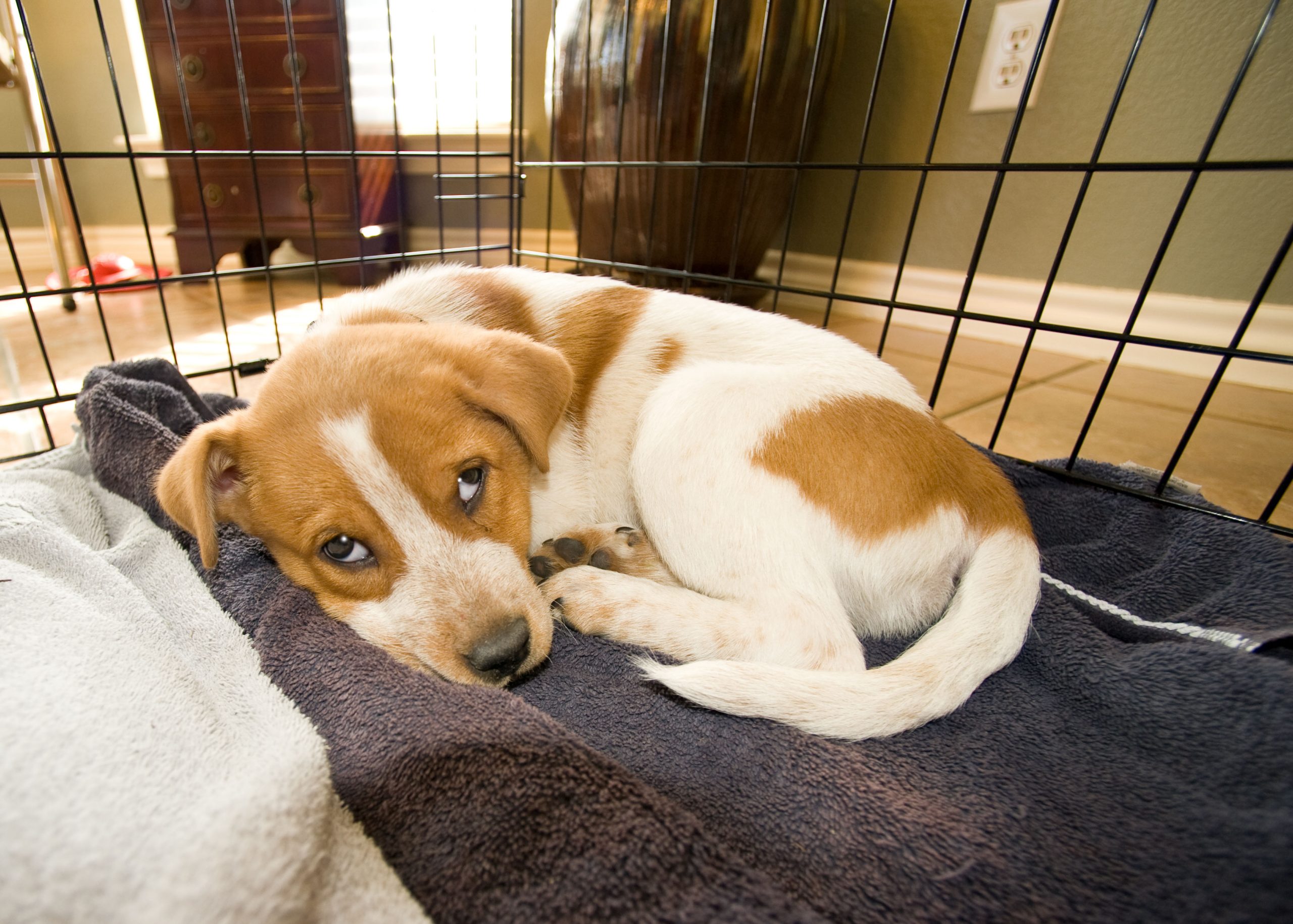
2. Take the same crate with you everywhere
I know, I know: it's a pain to have to carry a crate to and from the car whenever you need to take your puppy anywhere, but trust me on this. Especially for the first few weeks, make sure you use the same crate from the car in the house, because it smells familiar and will help reassure your pup that they're in a safe place, which in turn will will help your dog to settle and get used to it in all environments.
Exquisite houses, the beauty of Nature, and how to get the most from your life, straight to your inbox.
3. Find a quiet place to locate the crate at home
When I first bring a puppy into the house, I like to put the crate in the utility room or at the bottom of the stairs, as these are usually nice, calm and quiet places that are away from the main traffic of the house. From the start, it’s vital that your pup views the crate as a really great and safe place to be, so keep an eye out for the particular chew or toy he most favours and give it to him every time you put him in the crate.
4. Steel yourself for a bit of whimpering
At first, they will whimper or bark, but try to ignore that for a period of time — although don’t leave it too long if they are stressed and panicking — as they should soon settle.
Sometimes, of course, they start barking for attention, which is a good time to introduce the ‘leave’ command. I use ‘leave’ to deal with any negative behaviour, such as jumping up, stealing remote controls or whining—basically, to my dogs, ‘leave’ means stop what you are doing immediately!
5. Keep the light out at night
If you have skylight windows, or no blinds or curtains and it’s not possible to block out the light, I’d recommend covering the crate with a dark blanket at night. Otherwise, you’ll find that your pup will wake up much earlier than you’d like him to, especially on bright summer mornings.
6. Work on puppy crate training and puppy toilet training all at once
During the first few weeks, it’s best to aim to put your puppy to bed in his crate at about 10.30pm to 11pm. I usually take them out for their last pee at that time and try not to let them play or get excited, so that they don’t drink too much.
In addition, at this stage, I don’t leave a water bowl in the crate overnight, as they might drink too much or spill it, both of which will make them want to have a pee. I go to bed at the same time as the pup, but listen out for a small whimper or cry that indicates that they need to go out.
In any case, I set an alarm for about 2.30am or 3am, then go downstairs, take the puppy out of his crate and carry it to the garden, where I give the toilet command and encourage him to do his business. Once he’s had a pee, I carry him back to his crate and get up again at 5.30am to 6am to repeat the process.
I maintain this for a few weeks, gradually lengthening the time in the crate until it’s no longer necessary to do the 2.30am to 3am pee-stop and, eventually, the puppy is able to sleep from 10.30pm to 5-6am.
For more detailed advice about Ben Randall’s positive, reward-based and proven BG training methods, one-to-one training sessions, residential training or five-star dog-boarding at his BGHQ in Herefordshire, telephone 01531 670960 or visit www.ledburylodgekennels.co.uk
For a free seven-day trial of the Gundog app, which costs £24.99 a month or £249.99 a year, visit www.gundog.app/trial
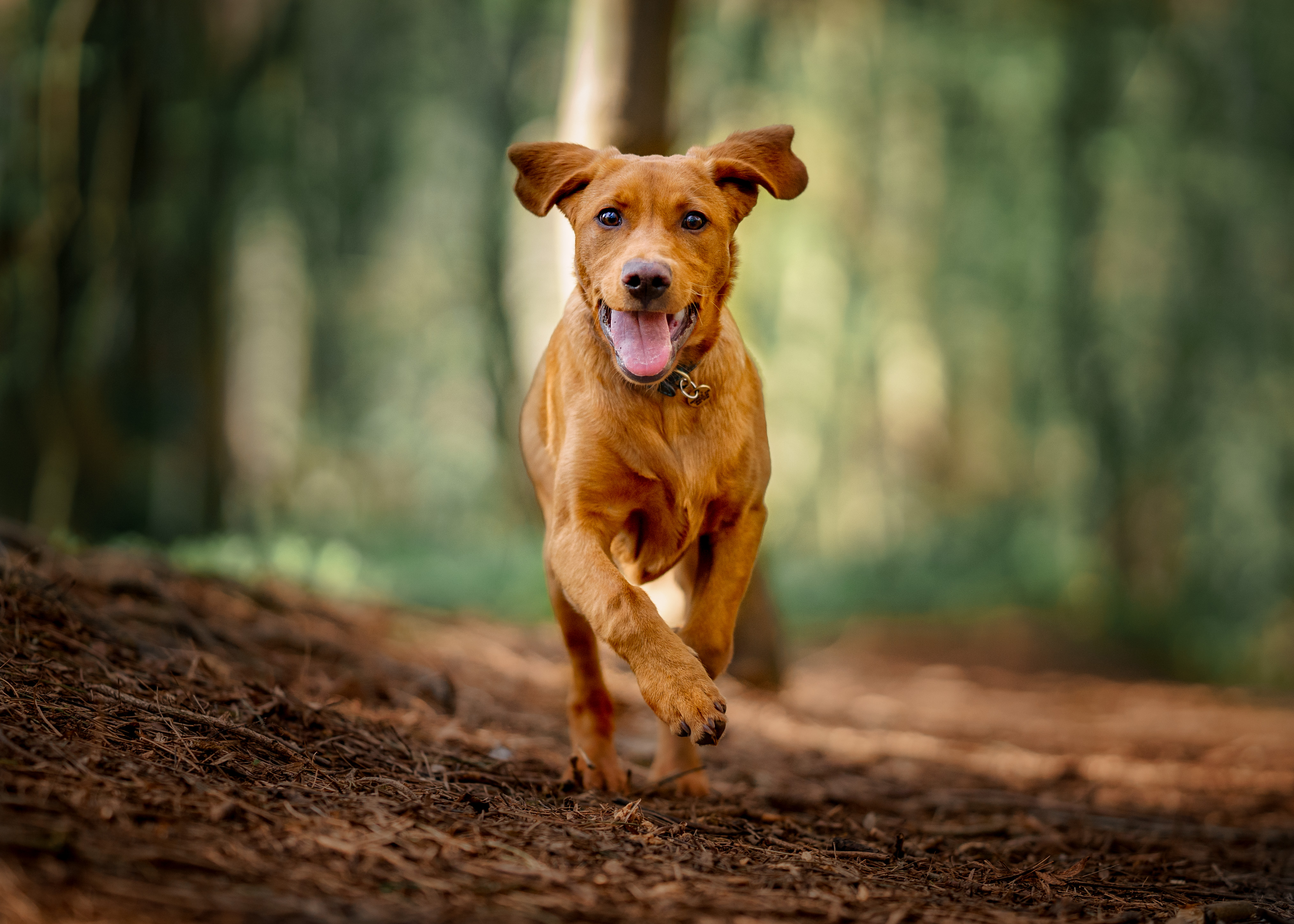
Credit: Getty Images
Dog recall training: Six tips from champion dog trainer Ben Randall
Training your dog is not easy — and with the huge recent rise in dog ownership, it's never been a better
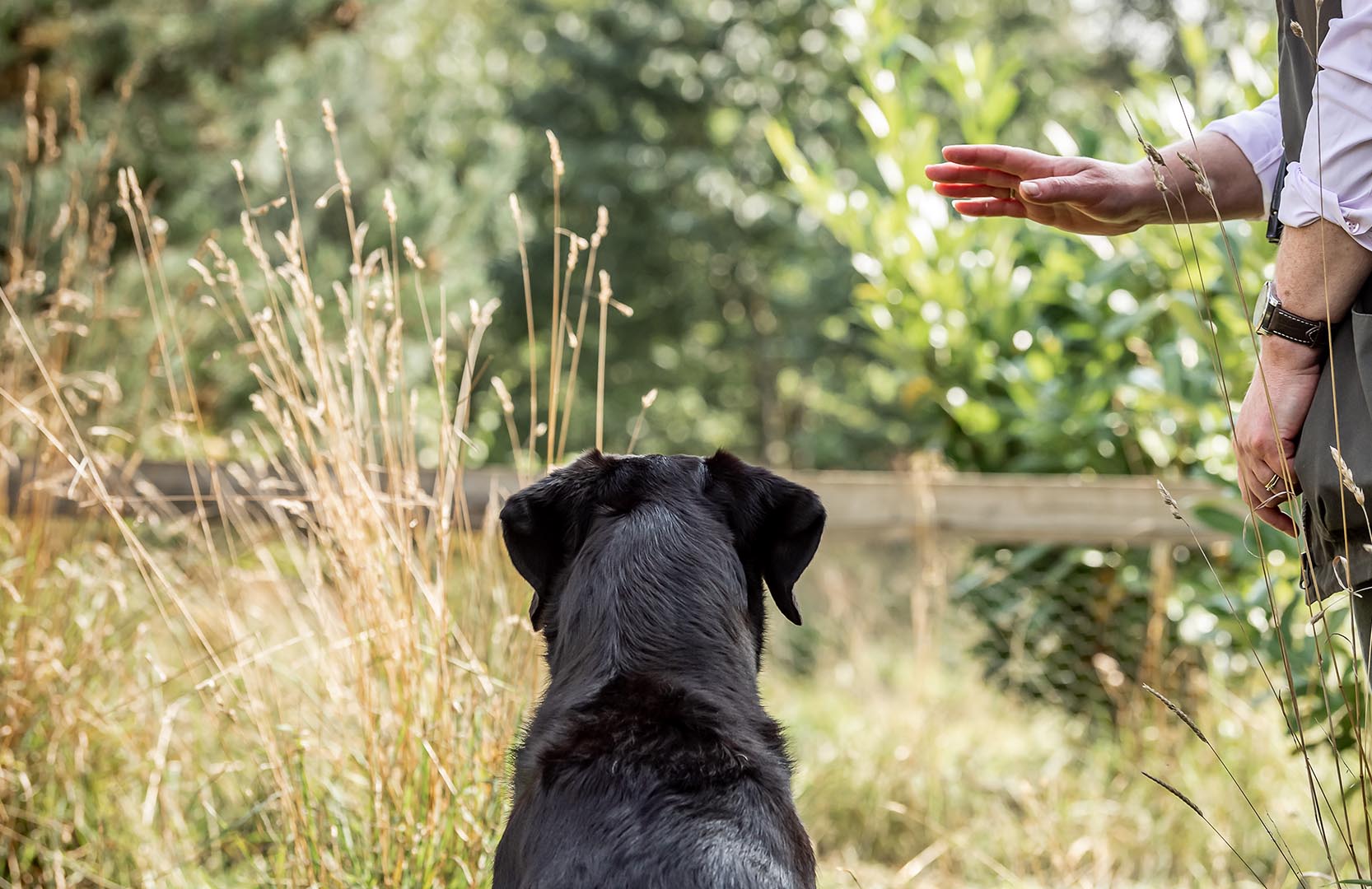
The champion dog trainer with a game-changing method who can teach any dog new tricks
Award-winning dog trainer Ben Randall — who looks after the dogs for everyone from David Beckham to Gordon Ramsay — happened
-
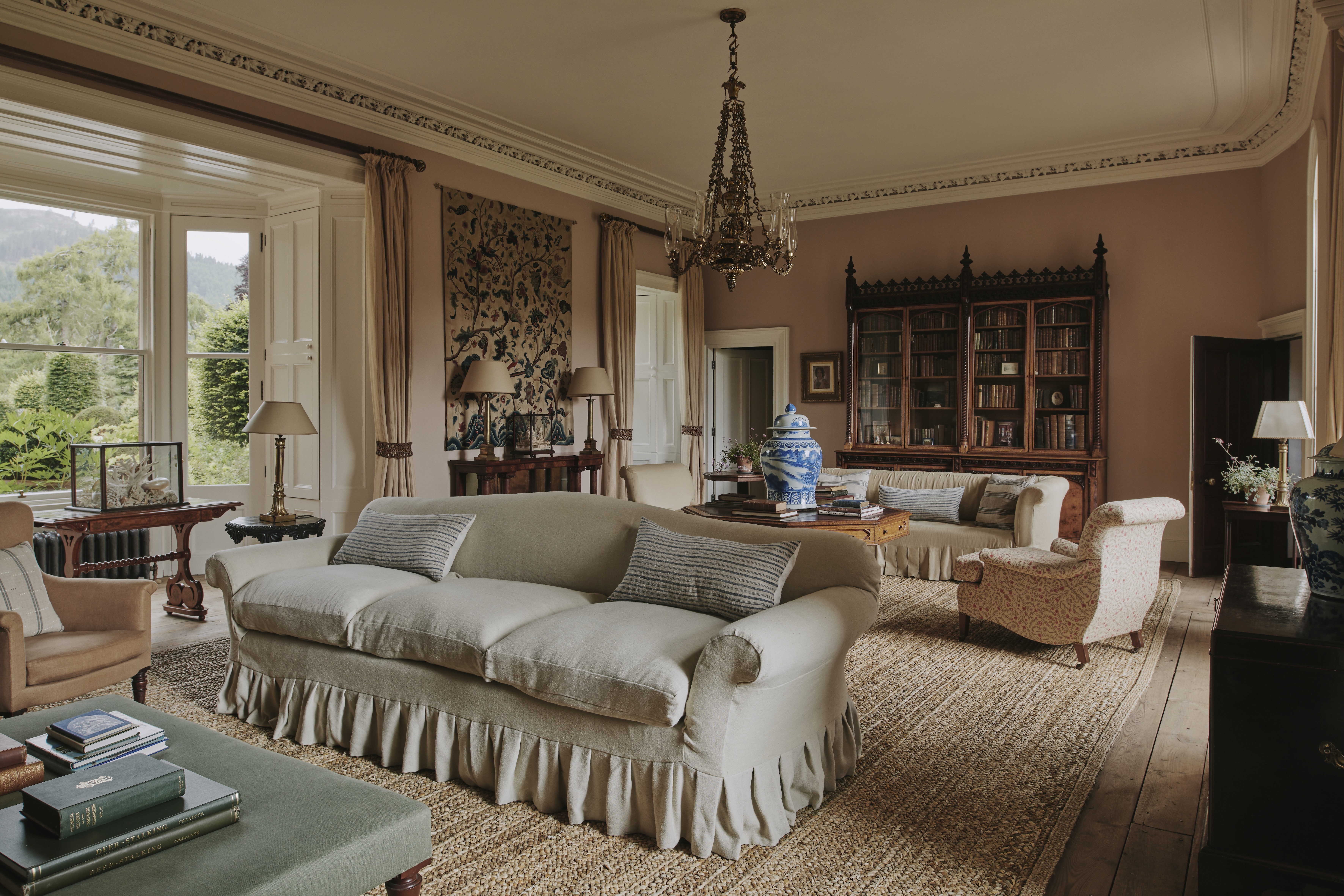 How do you make a 300-year-old Baronial castle fit for modern-day living?
How do you make a 300-year-old Baronial castle fit for modern-day living?A mix of sympathetic colours and elegant furniture has brought new life to this impressive space at Aldourie Castle.
-
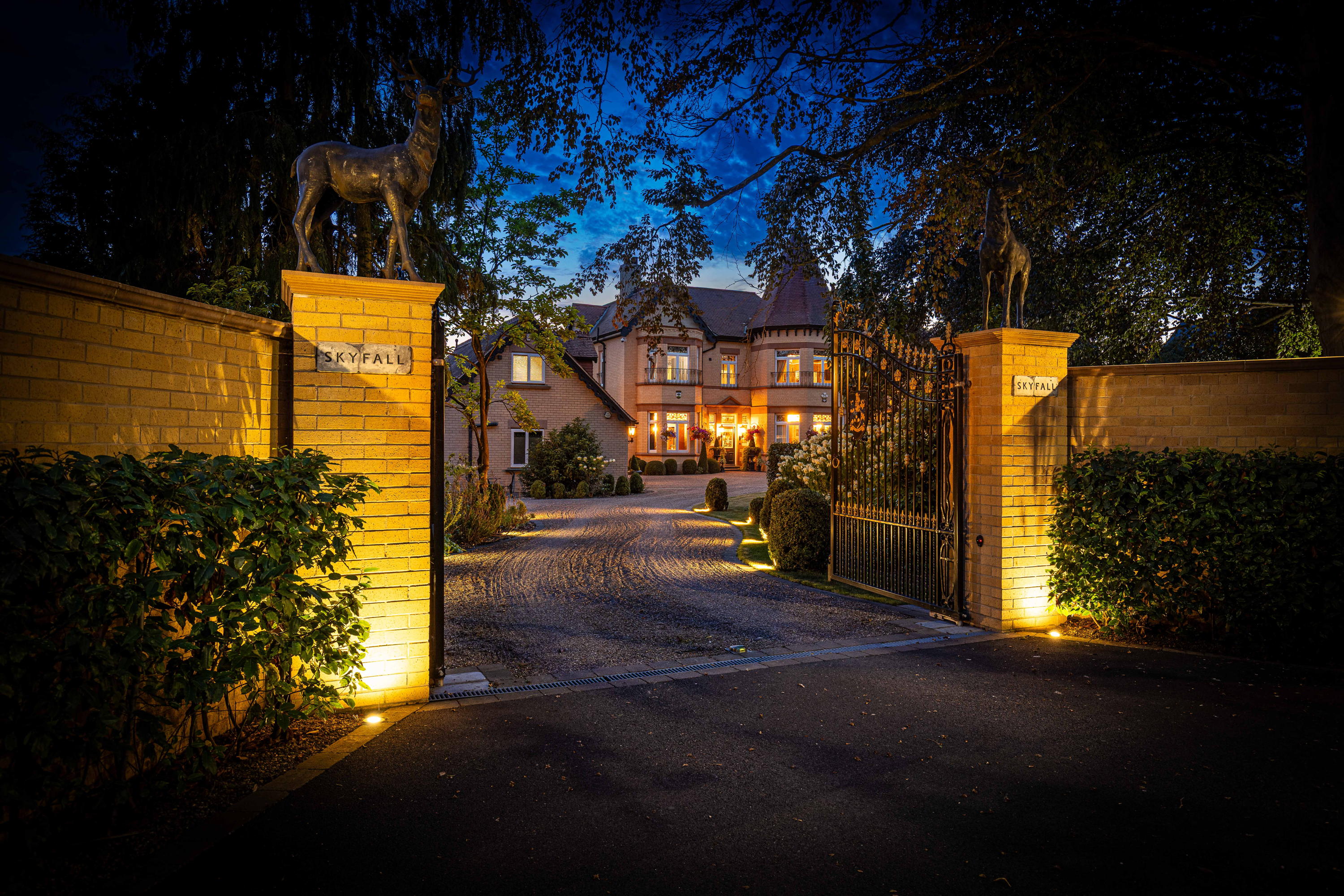 Look around this James Bond-themed house for sale in Nottinghamshire and release your inner MI6 agent
Look around this James Bond-themed house for sale in Nottinghamshire and release your inner MI6 agentNow, come, come dear reader, you get as much fulfilment out of Skyfall as I do, so why don't you admit it?
-
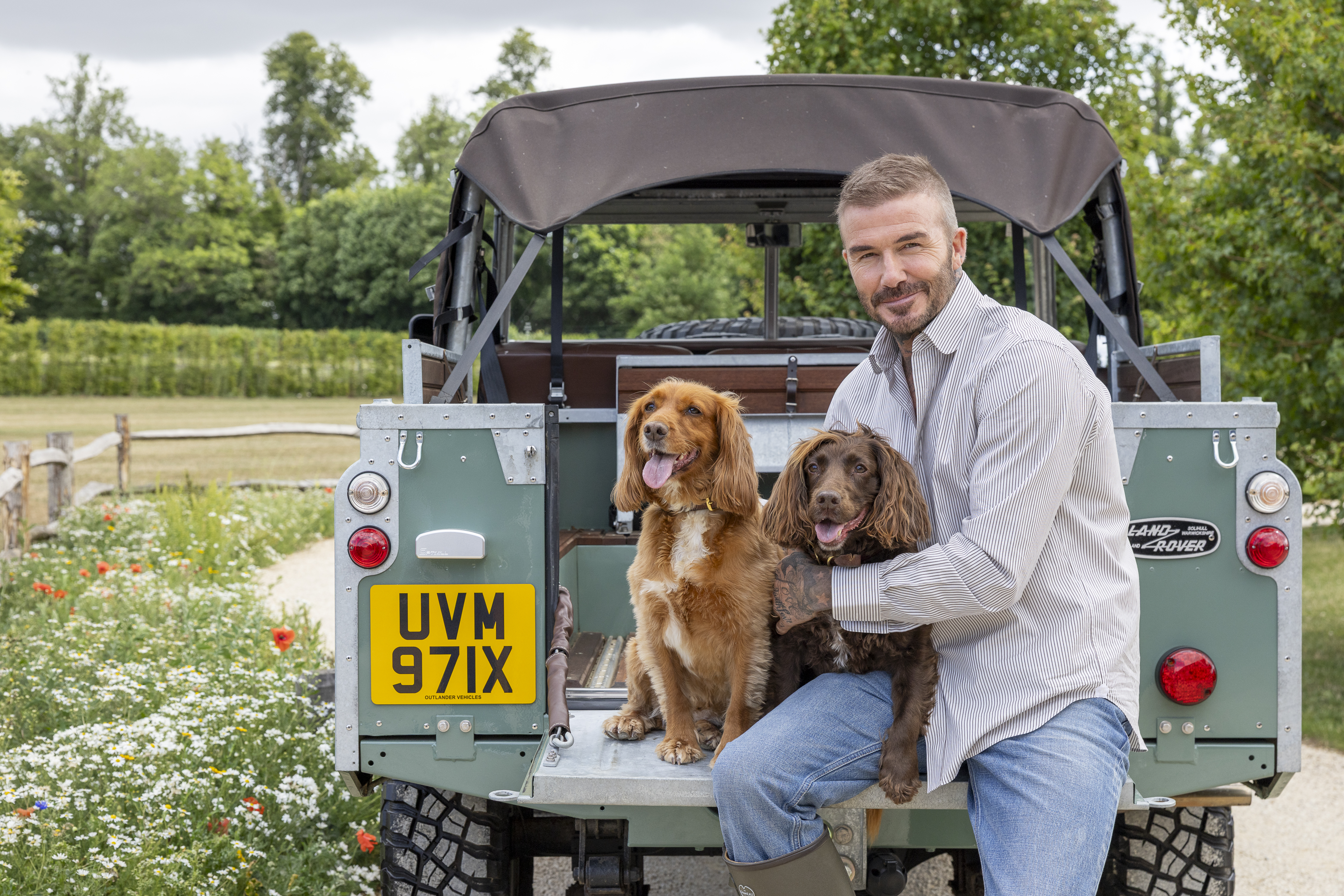 Cocker spaniels: The indefatigable dog breed with medieval lineage that stole David Beckham’s heart
Cocker spaniels: The indefatigable dog breed with medieval lineage that stole David Beckham’s heartOnce bred to flush out woodcock, now found in royal estates and Hollywood homes — the Cocker Spaniel’s charm knows no bounds.
-
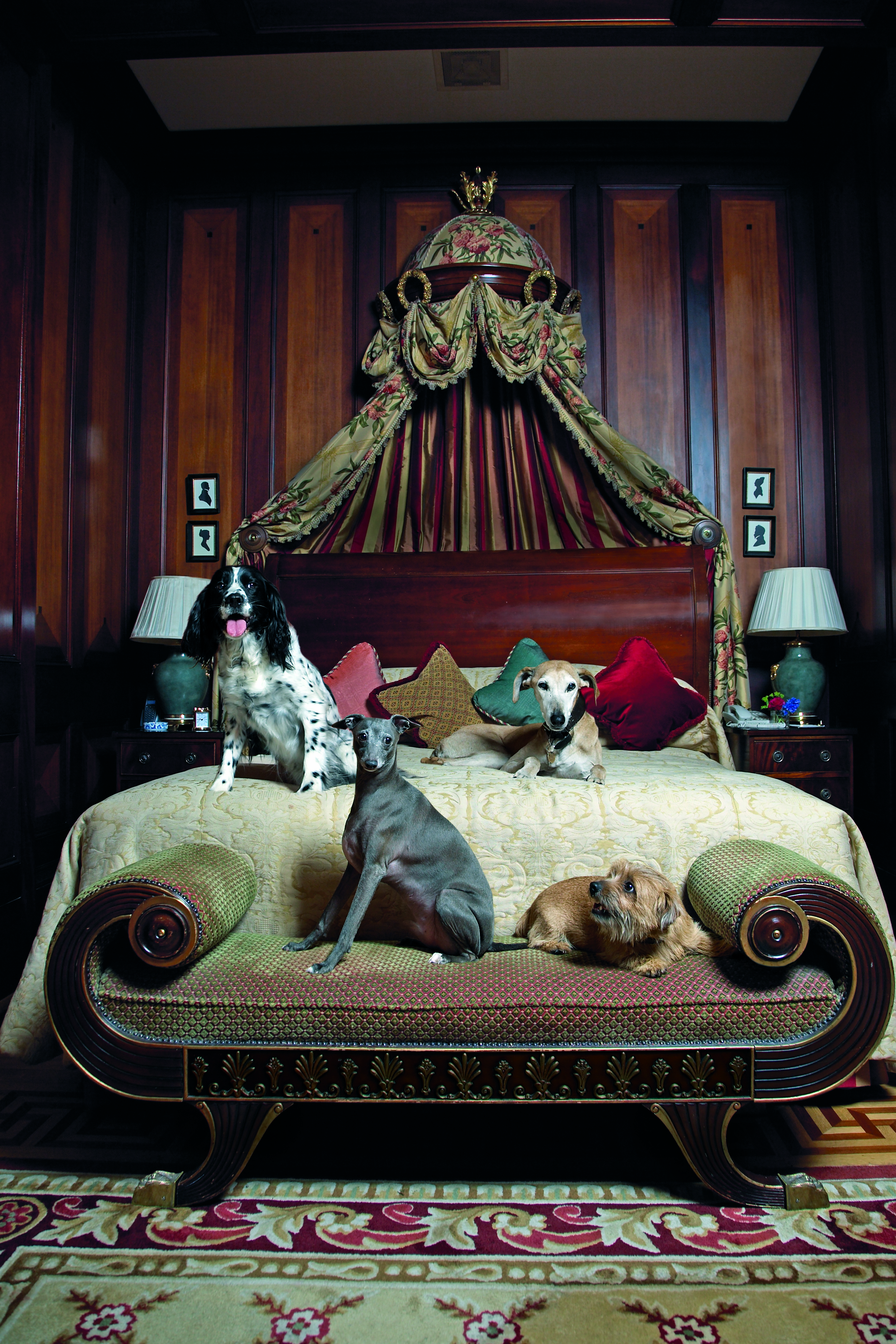 Sophia Money-Coutts: I can’t believe I’m saying this, but should dogs really be allowed in posh hotels?
Sophia Money-Coutts: I can’t believe I’m saying this, but should dogs really be allowed in posh hotels?Dog lover, Sophia Money-Coutts, debates whether our canine companions should be able to accompany us to Five Star establishments.
-
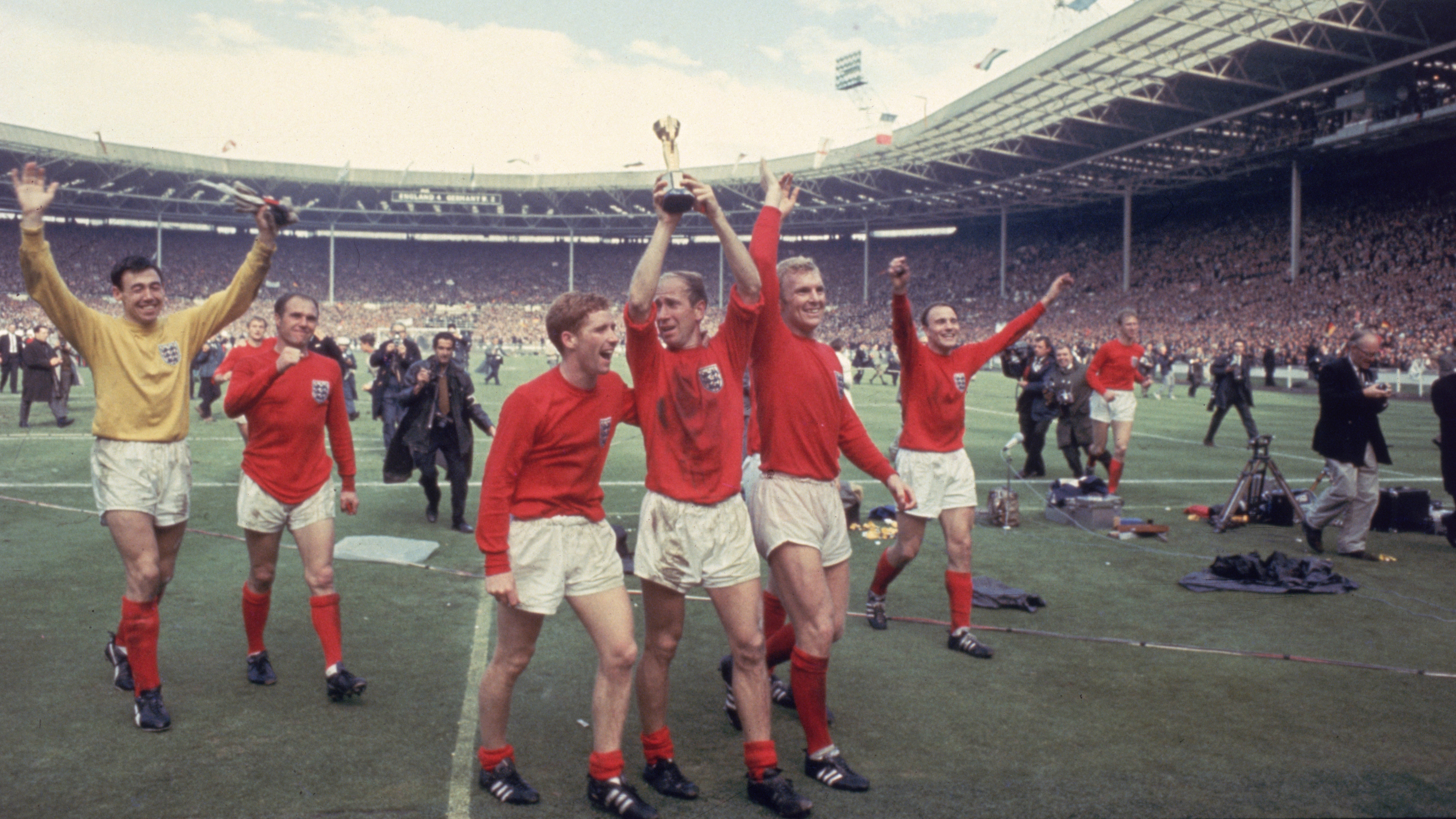 England and the 1966 World Cup — which was stolen and later recovered by a dog called Pickles
England and the 1966 World Cup — which was stolen and later recovered by a dog called PicklesIn celebration of the footballing talents of Country Life's guest editor Sir David Beckham, we look back at the summer of 1966, when the England national team was on top of the world.
-
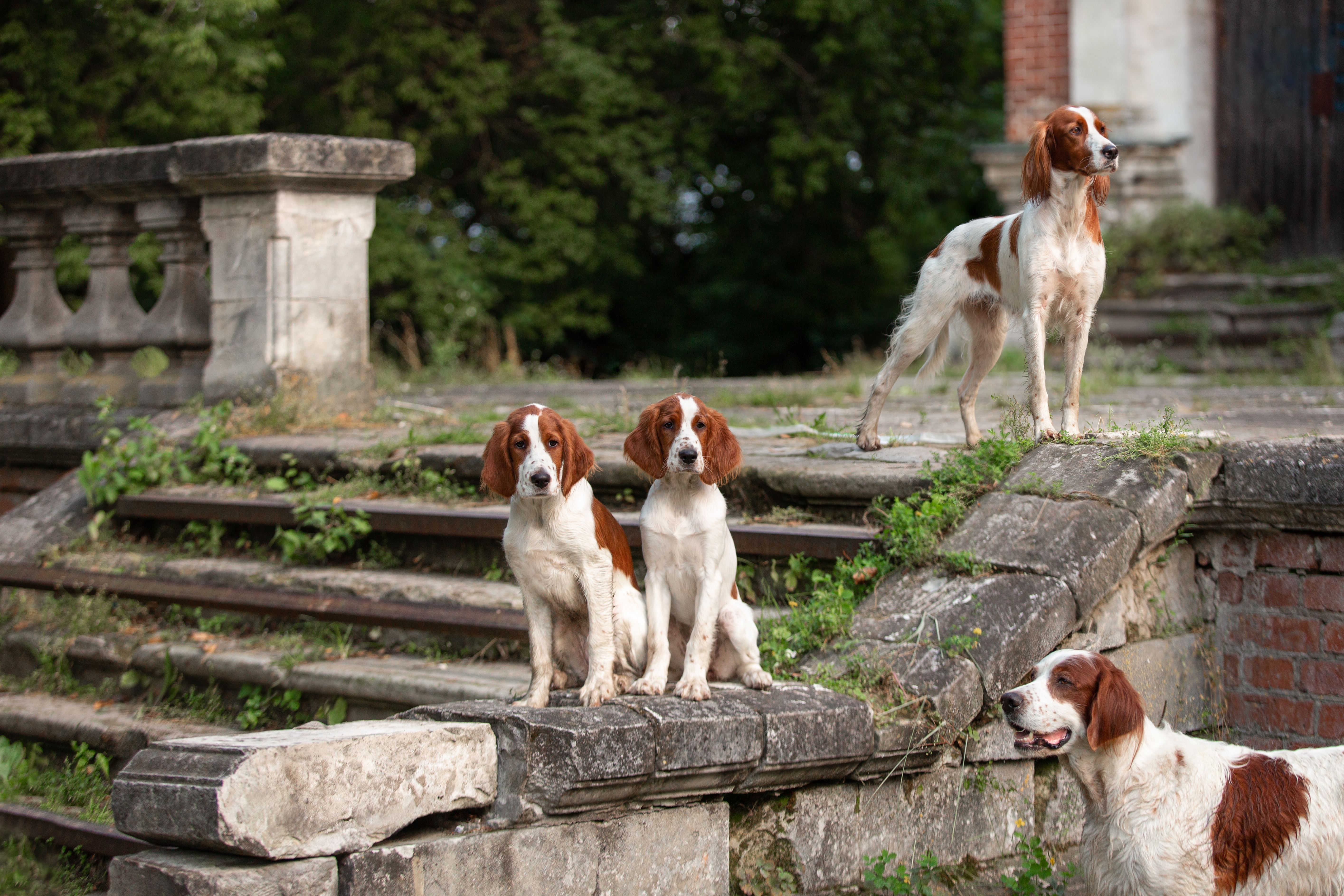 The Irish red and white setter: The rare beauty brought back from the brink
The Irish red and white setter: The rare beauty brought back from the brinkA history of Ireland’s original setter — the elegant, intelligent breed saved from extinction by devoted breeders and cherished as a symbol of the nation’s sporting heritage.
-
 A handy five minute guide to Frieze — and the things you really don’t want to miss
A handy five minute guide to Frieze — and the things you really don’t want to missThe London art fair returns this week.
-
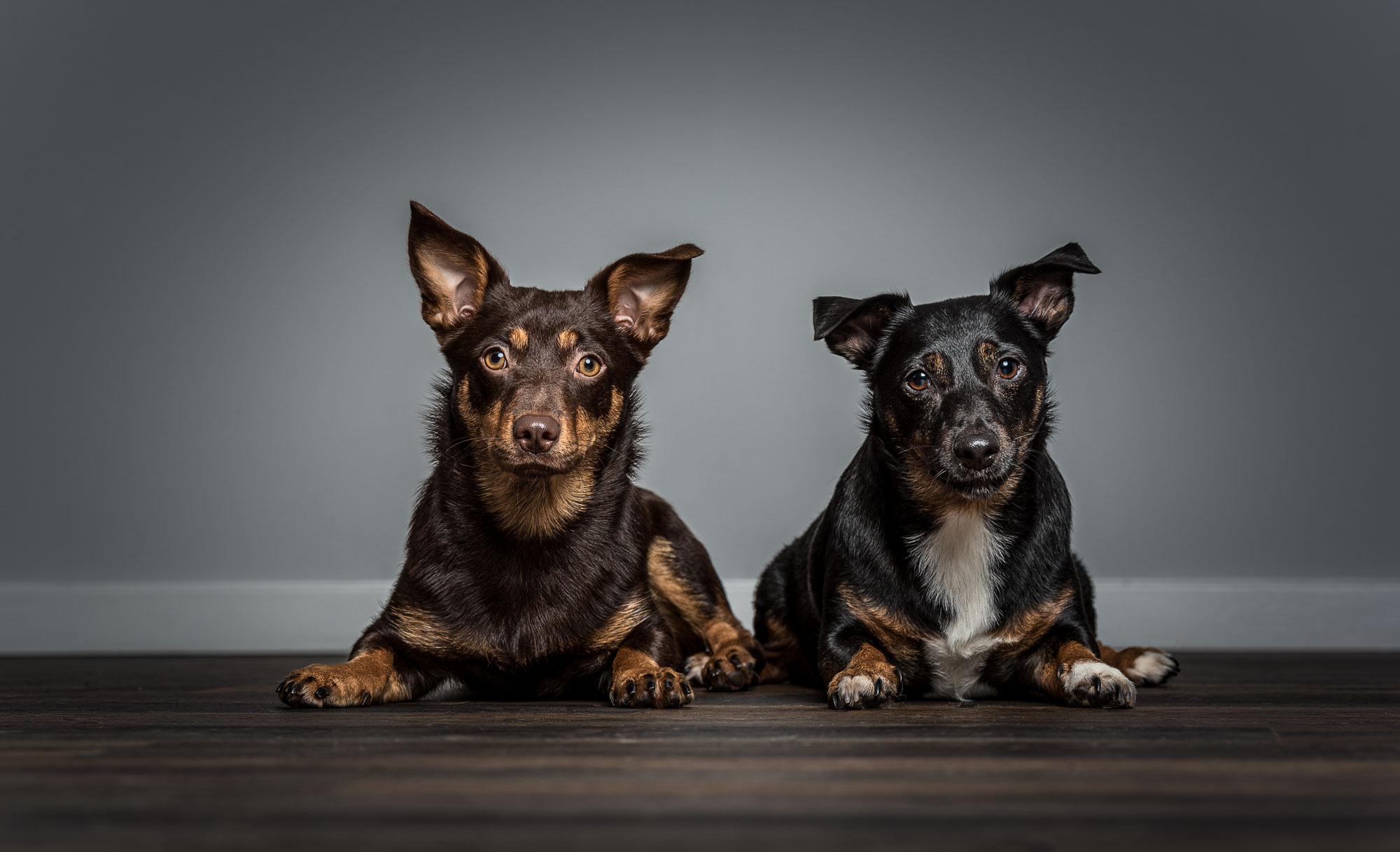 The Lancashire heeler: A clever, compact and very rare terrier that was once described as having 'the same value as an ox'
The Lancashire heeler: A clever, compact and very rare terrier that was once described as having 'the same value as an ox'From cattle drover to companion, the Lancashire heeler is as versatile as it is rare.
-
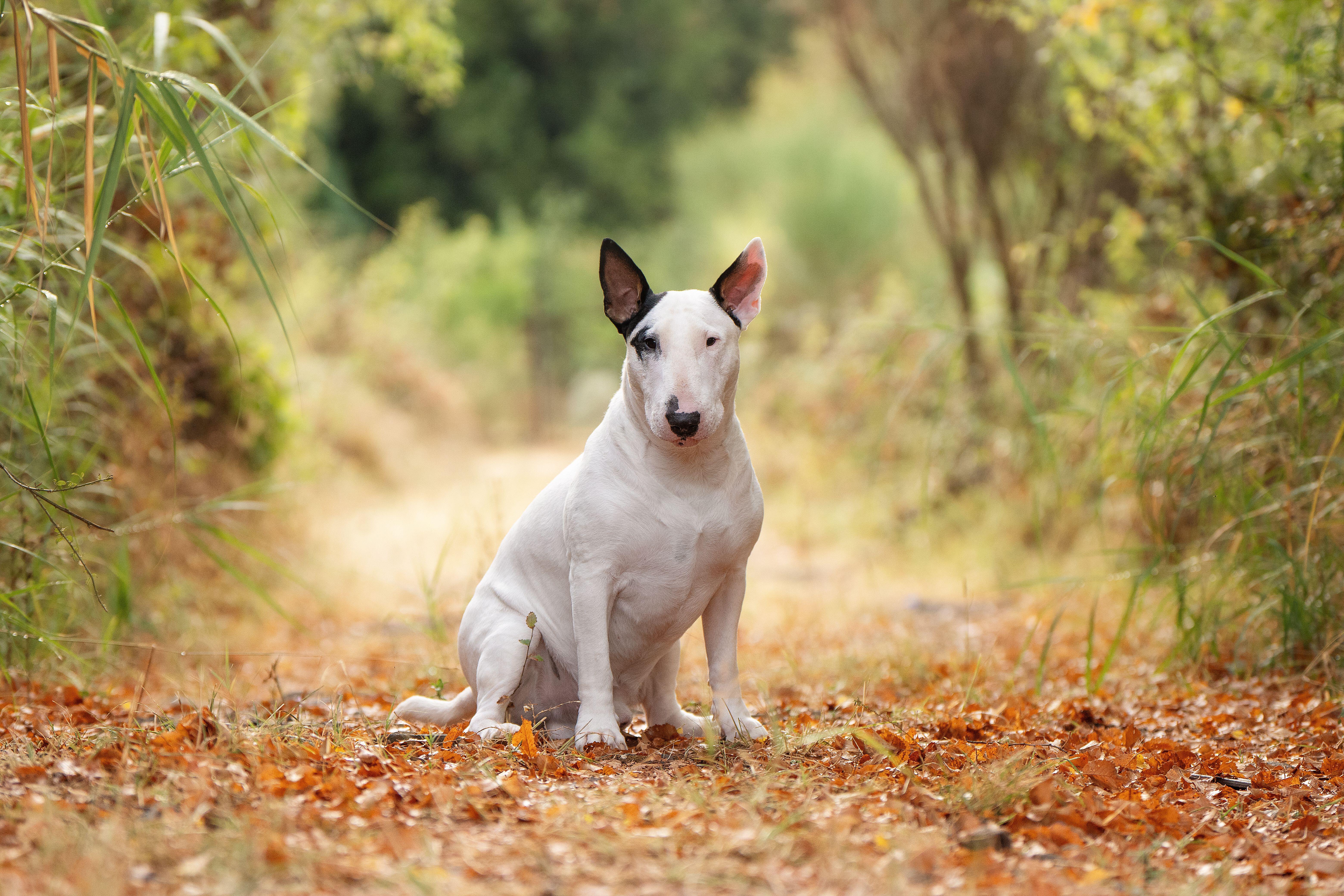 The English bull terrier is mischief meets muscle
The English bull terrier is mischief meets muscleFrom the 19th-century show rings to the homes of artists, royals and rock stars, the English bull terrier is one of our most original and loveable dogs.
-
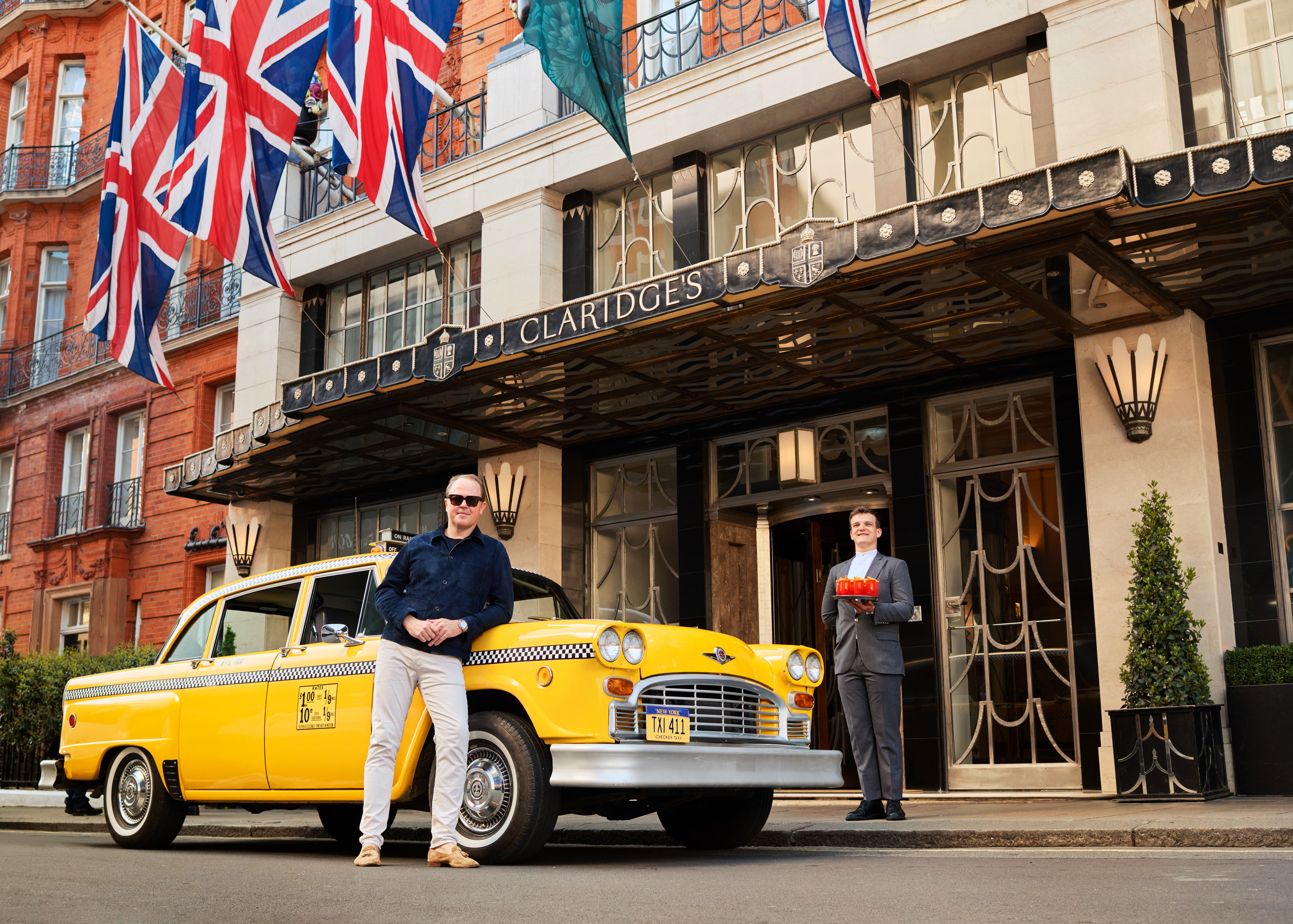 How American political refugees, economic migrants and devoted Anglophiles are transforming London
How American political refugees, economic migrants and devoted Anglophiles are transforming LondonOne luxury restaurant, apartment and tennis court at a time.
